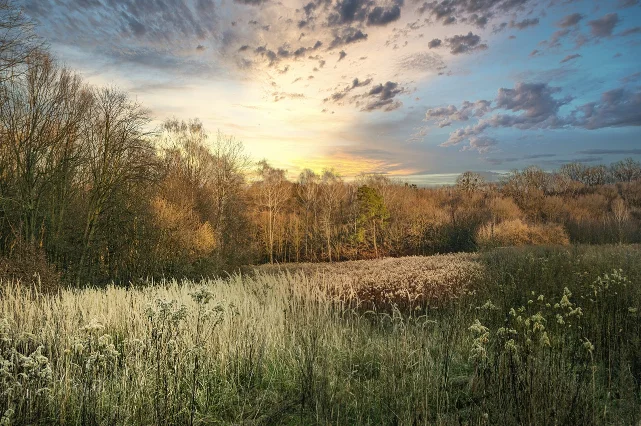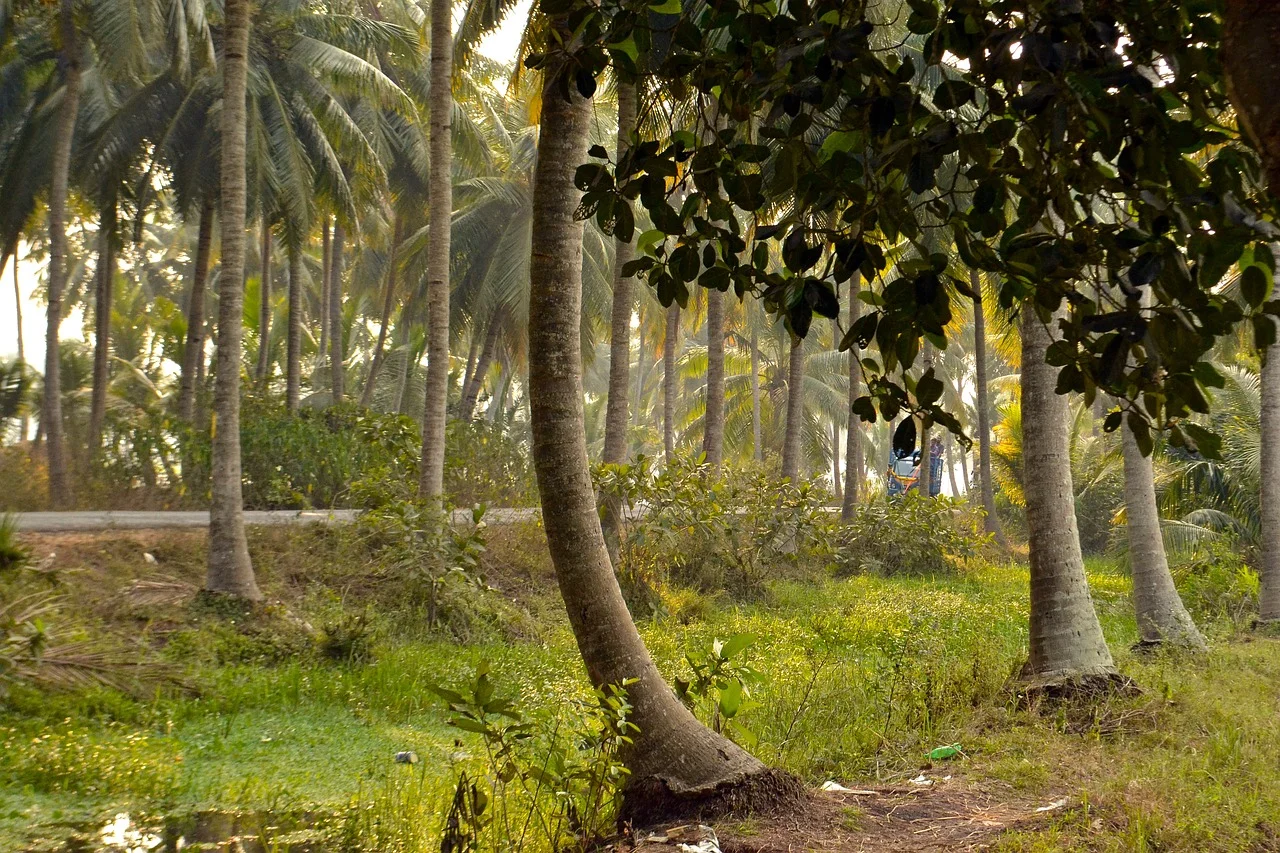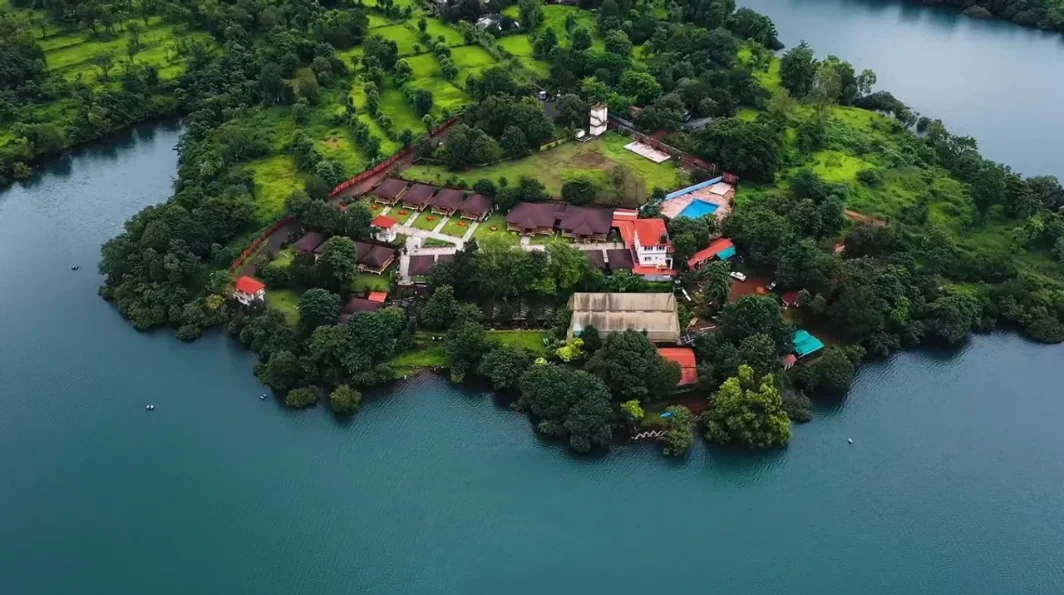Delhi resident Ashish Verma loves spending his long weekends and holidays surrounded by the beauty of the mountains. Over ten years ago, in 2012, he stumbled upon a magazine showcasing unique getaways in the serene hills of Uttarakhand.
It was through this magazine that he discovered Jilling, a secluded village nestled in the Kumaon ranges, cradled within the majestic Himalayas. This marked the beginning of his fascination with this remote Himalayan village.
“I was captivated by the village and decided to plan a trip there. Surrounded by lush flora and fauna, the village’s unhurried pace deeply resonated with me, especially coming from a lifetime in the bustling city. The sense of security in its environment was remarkable,” shares Ashish, now 42.
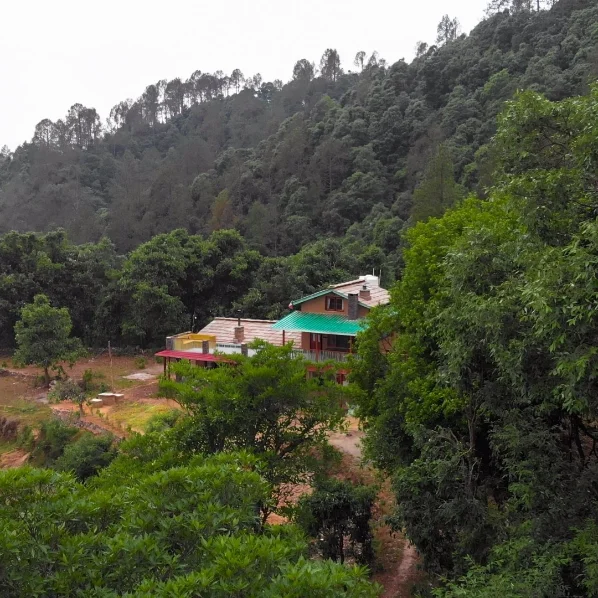
“Moreover, the village provides a breathtaking view of the majestic Nanda Devi peak, the second-highest peak in India. I envisioned building a home where I could wake up to the serene mountains every day,” he adds.
Subsequently, Ashish began making three annual trips to the village. Eventually, in 2020, he made the decision to relocate there. “Once you get bitten by the mountain bug, you can’t let it go,” he says with a smile.
Today, he proudly owns a cottage homestay called “The Nanda Stone,” named after the foundation stone he brought from his trek to the mountain’s base camp. The design of the home ensures that every corner offers a spectacular view of the majestic Nanda Devi.
Ashish has created a homestay for adventurers seeking an exciting experience. Let’s follow his journey of leaving city life behind and establishing a home in the midst of the forests.
The mountains beckoned
In 2004, Ashish completed his higher studies in hotel management and began his career with the Taj Hotel. Later, he worked with the Hyatt hotel and Carnival Cruise Line.
Currently employed as a consultant with Radisson, Ashish reveals that running a homestay was never his initial goal. However, the perspective changed during the COVID-19 pandemic when he found himself stranded in the village. “I was thrilled not to have any work then, and all I had to do was wake up to the beautiful view of the hills and embrace a slower pace of life,” he shares.
Realizing that it was time to make the move to the hills permanently, Ashish purchased a small piece of land in Jilling. With the help of local residents and his friend Daya, he began turning his dream into reality.
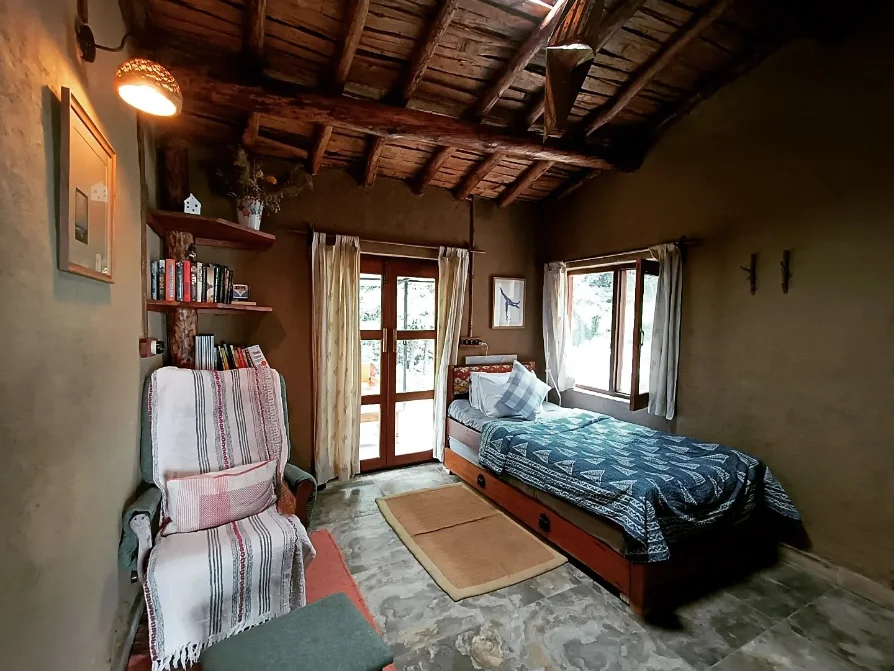
Also Read: Woman Transforms A Century-Old Himalayan House into a Homestay
As a proponent of sustainable development, Ashish took a unique approach in constructing his house, drawing inspiration from the traditional architectural methods of the Kumaon region. Instead of relying on cement, he opted for natural materials like mud, cow dung, repurposed old wood, rock, and stones.
“We completely avoided the use of cement. The walls were crafted using a mixture of mud, bhusa (hay), and cow dung. Additionally, we embraced the age-old practice of lipaai, which involves painting walls with cow dung and water. This not only provides excellent thermal insulation but also keeps the house cozy in winter and cool in summer,” he explains.
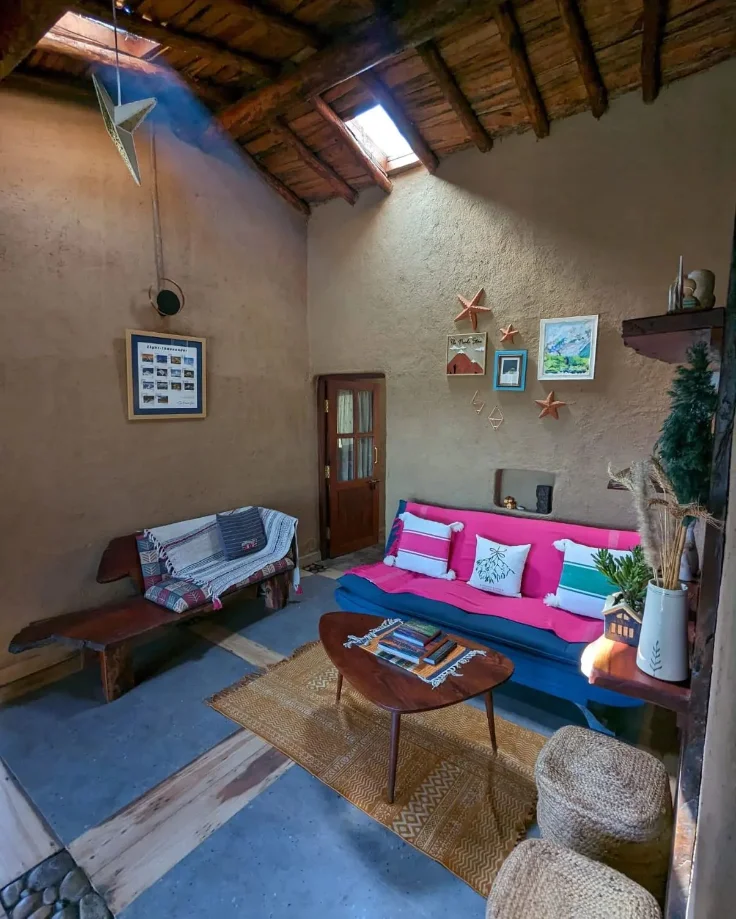
Stone slates were utilized to create slanted roofs with large sunroofs that allow ample natural light during the day. Ashish elaborates, “These sunroofs not only help us save energy from 7 am to 3 pm but also provide a perfect view of the stars at night.”
Covering a space of 2,000 square feet, the Nanda Stone stands as a two-story home featuring three bedrooms. It took Ashish a year to bring his eco-friendly homestay to life. Once his dream home was complete, he happily opened its doors to welcome travelers.

Nestled amidst a jungle, the homestay is situated close to numerous waterfalls and streams, creating an ideal setting for fishing and picnics. Ashish delights his guests with village walks, fishing trips, bird watching, and bird baths.
After a successful fishing expedition, they come together to cook their catch using traditional open-air chulhas. This not only provides a unique cooking experience for the guests but also allows them to immerse themselves in the ways of the jungle.
In addition to these activities, guests are treated to the local flavors of a Kumaoni thali, featuring mandua roti, gutka aloo, pahadi daal, linguda (fiddlehead ferns) ka saag, pahadi raita, and laal chawal ki kheer.
In the past year, Ashish welcomed around 55 guests, emphasizing his careful selection process. He emphasizes, “This isn’t a hotel; it’s a home. I open my space to friends and those who appreciate and respect nature and sustainability. I don’t welcome guests solely for revenue.”
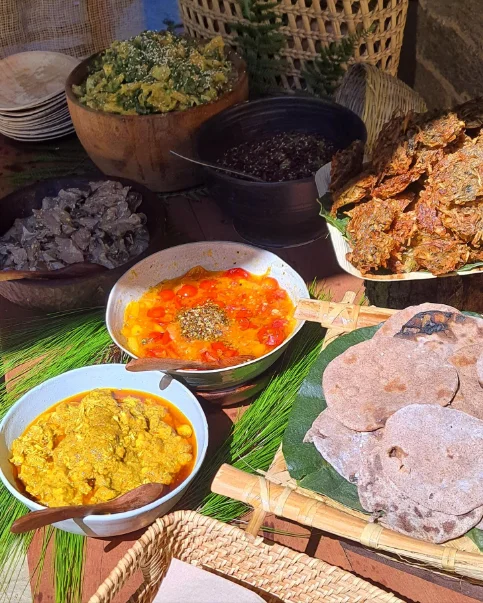
Furthermore, he highlights the advantage of hosting a limited number of people, stating, “With a smaller group, I can dedicate more attention to helping a few individuals truly immerse themselves in rural mountain life. My goal is for guests to feel like they’ve unlocked their own holiday home when they step in.”
Pointing out the challenges of managing the homestay, Ashish shares, “Similar to other hilly regions, we occasionally encounter water scarcity. To address this, I’ve installed a rainwater harvesting system with a tank that can hold up to 20,000 liters. Additionally, we rely on a small stream on our property as a source of drinking water.”

Despite the challenges of living in a hill village, Ashish reflects, “I’m happy I made the right decision. This experience transformed me. Life in the hills has a calming effect. You begin to view your problems differently, appreciate and share your spaces. It’s a journey that helps you grow as a person, and for me, it’s been a beautiful one.”
“Today, I’ve built a life among people who were once strangers. We now celebrate festivals and birthdays together, but in subtle and different ways compared to my city life, which I don’t miss at all,” adds Ashish, eagerly anticipating the first snowfall of the year.


